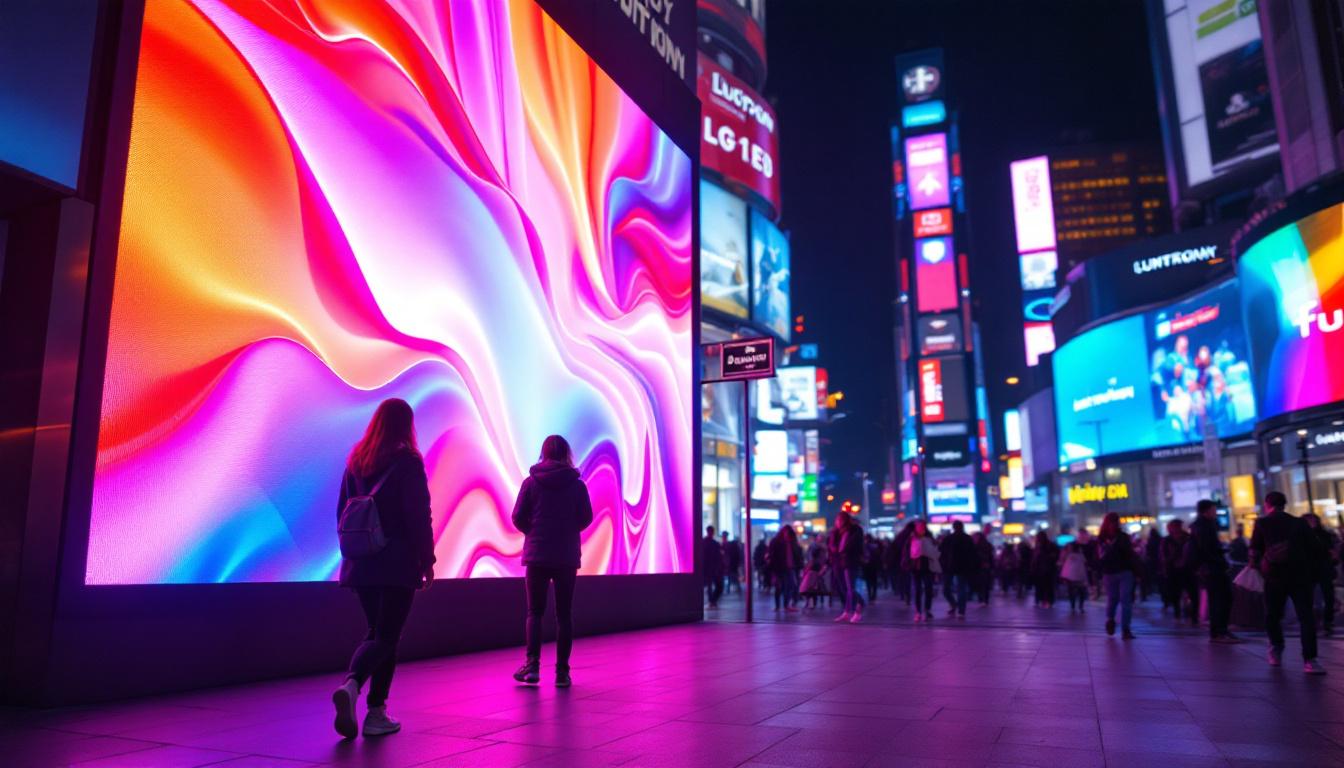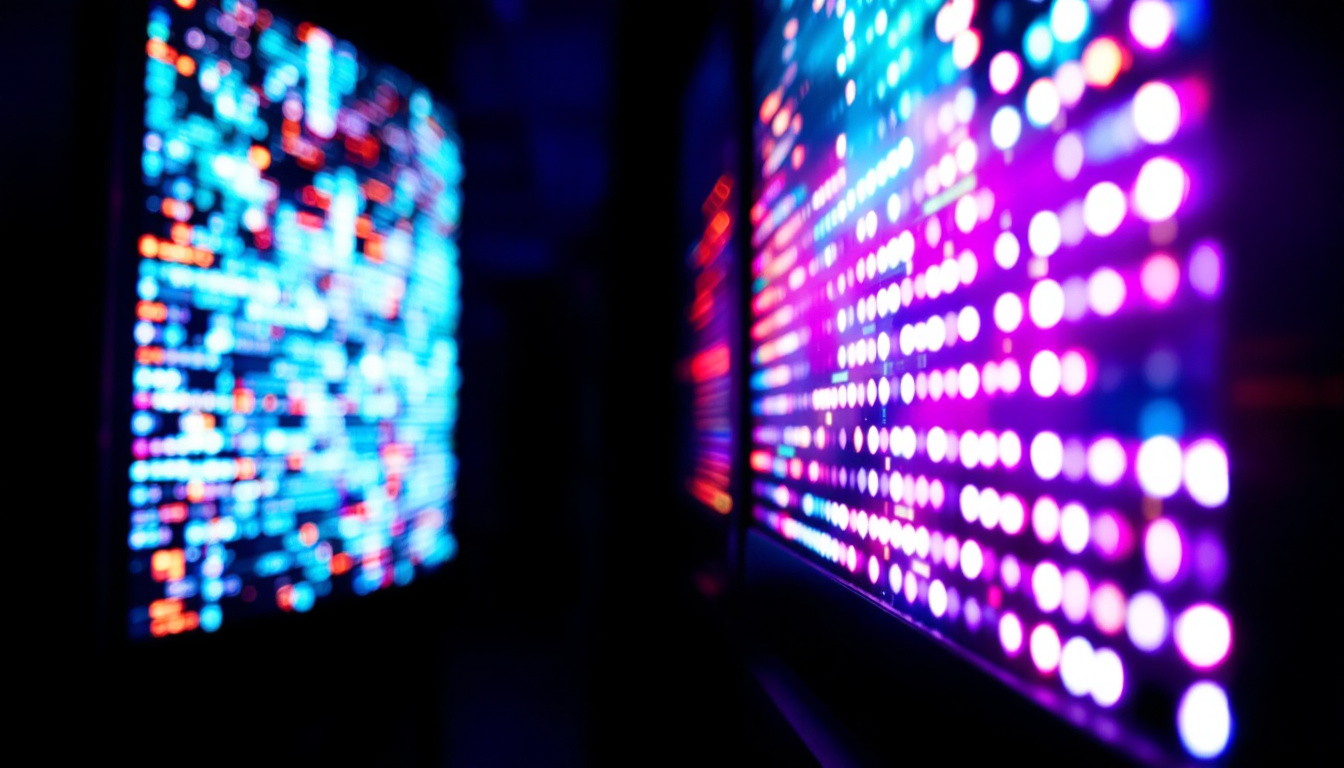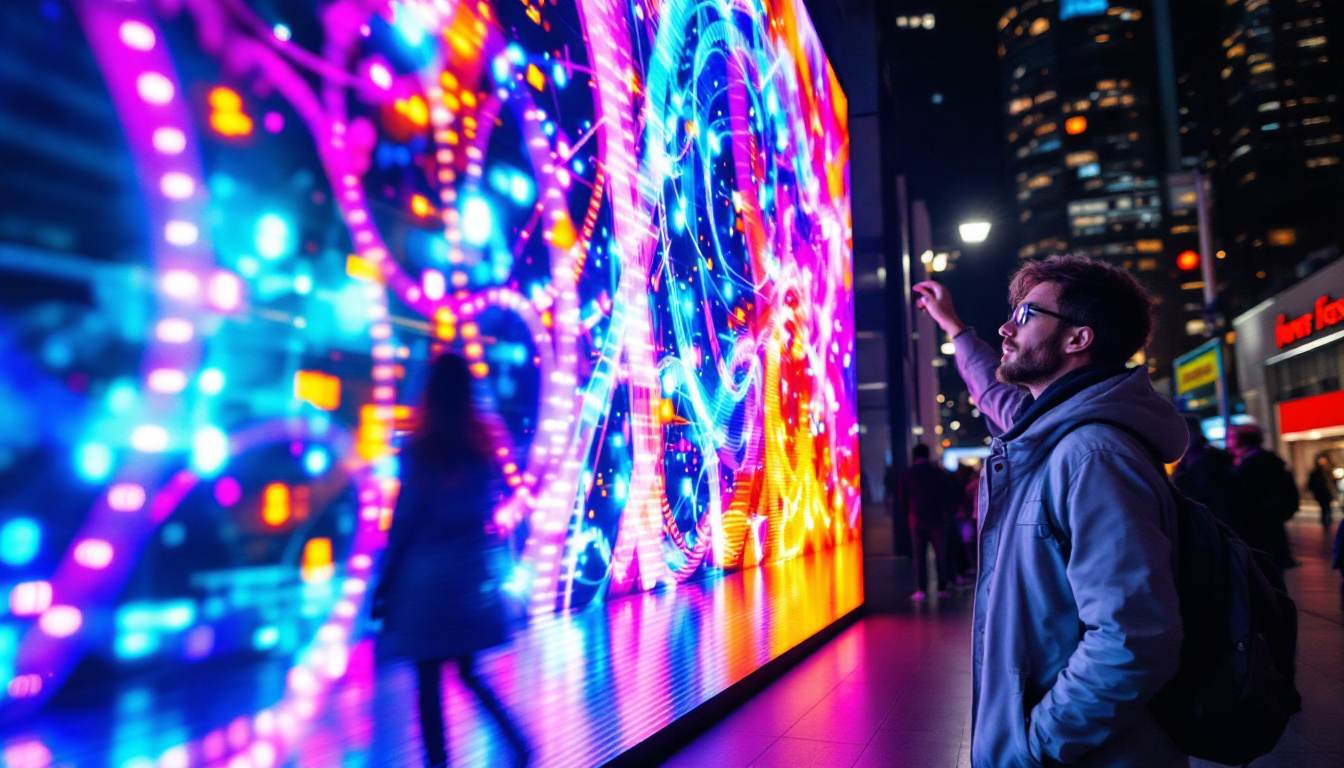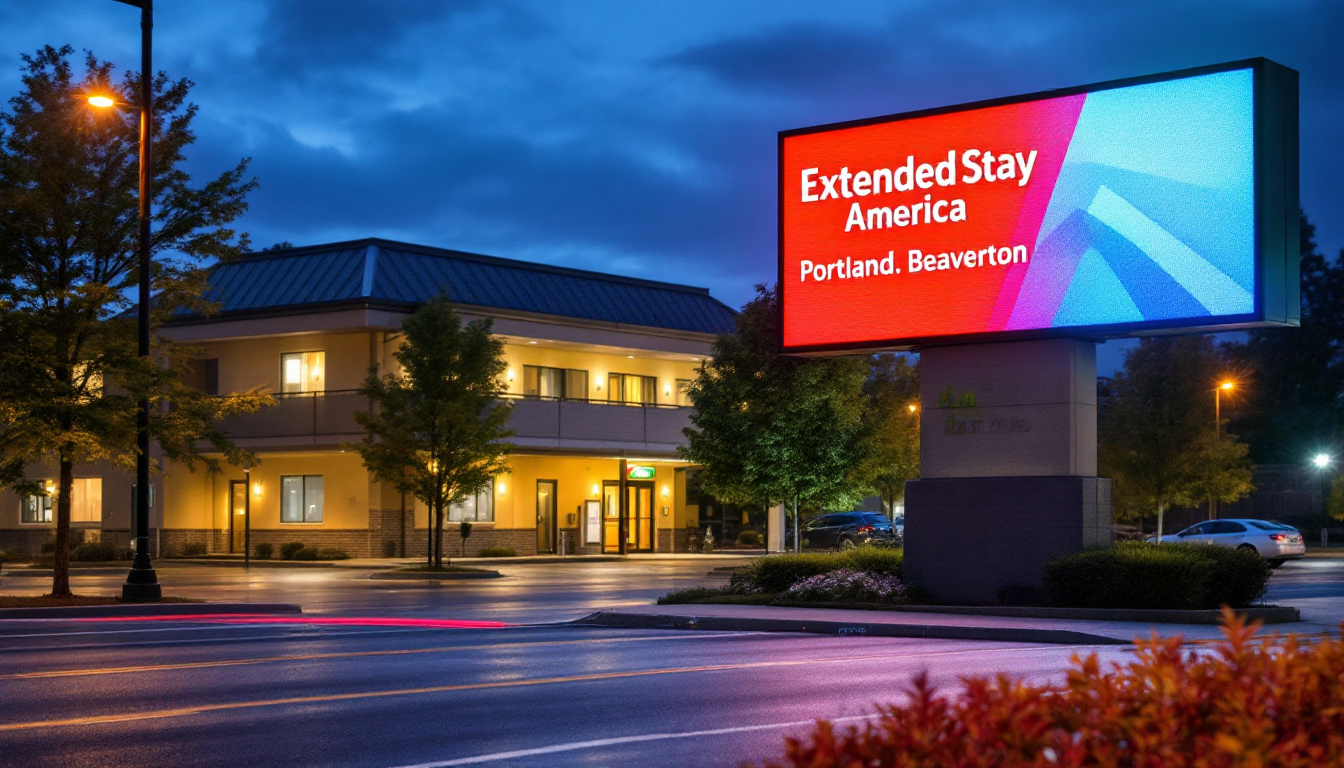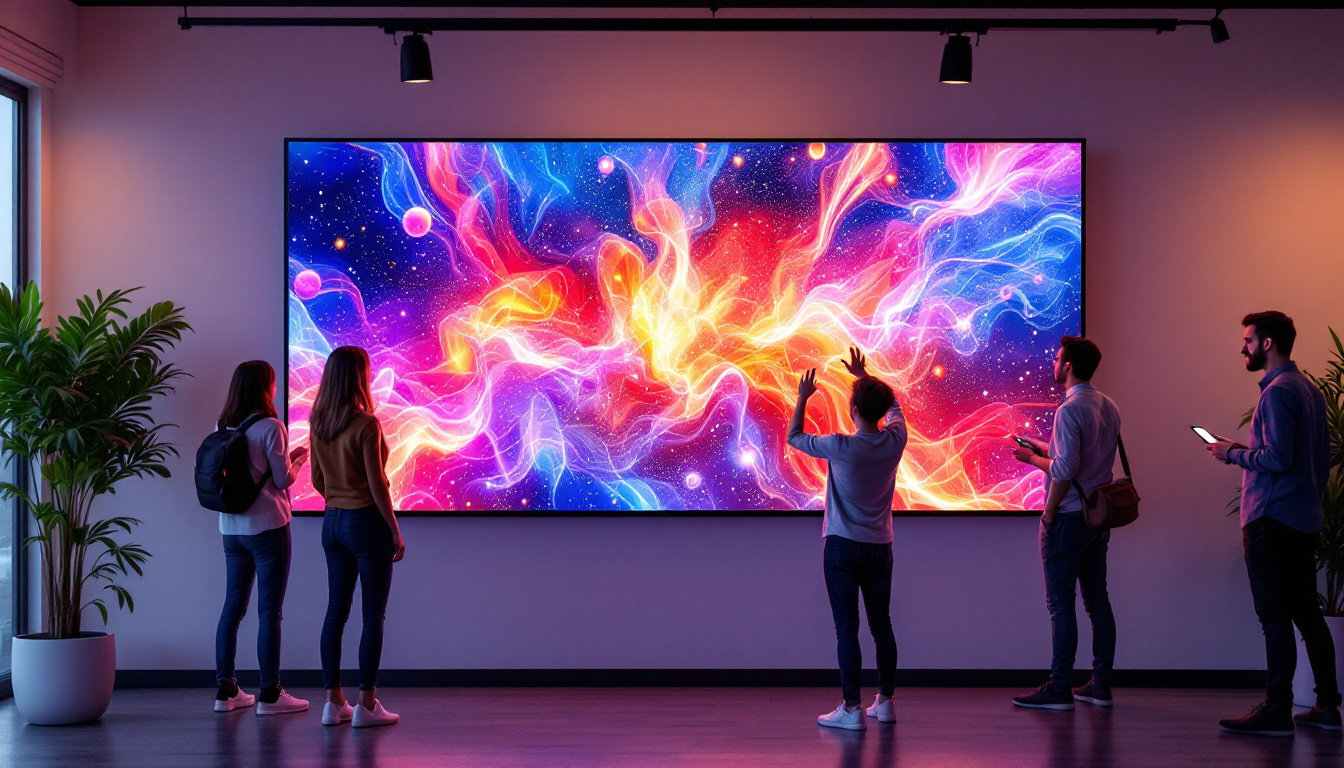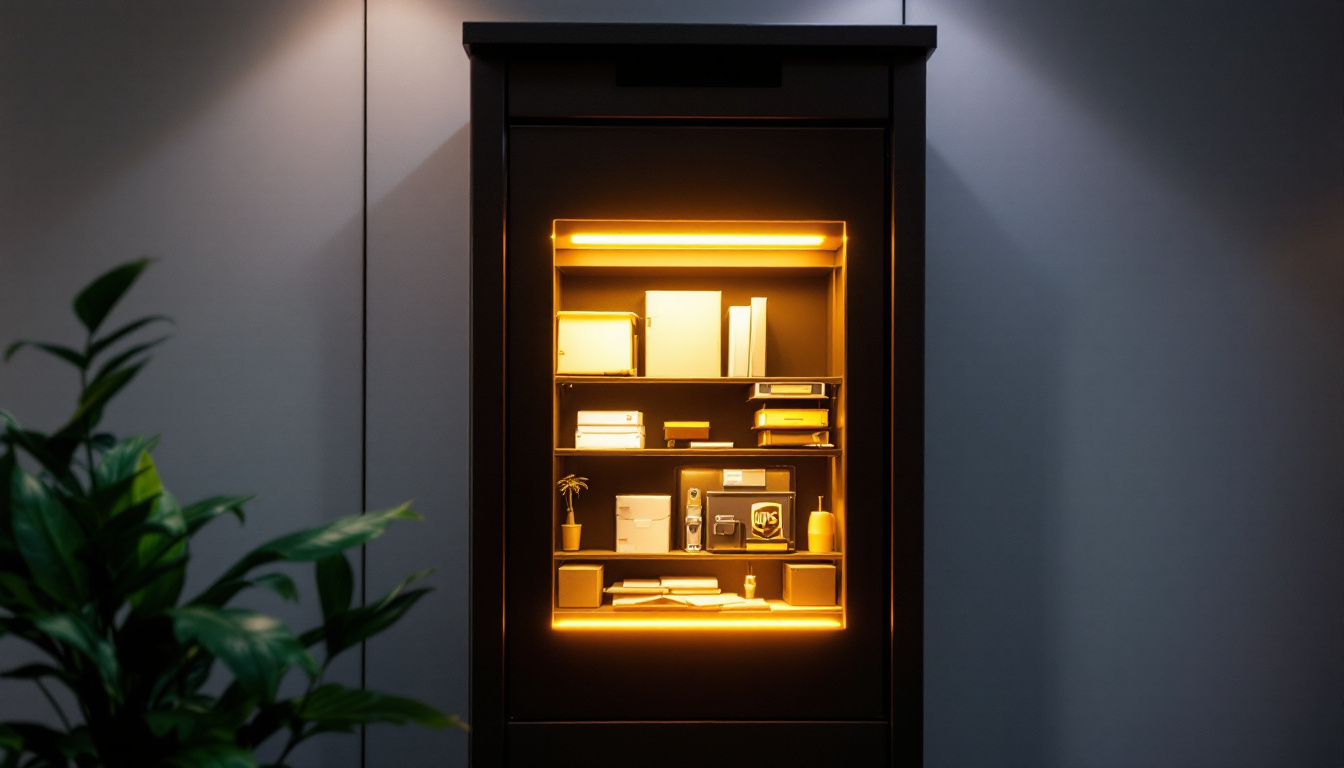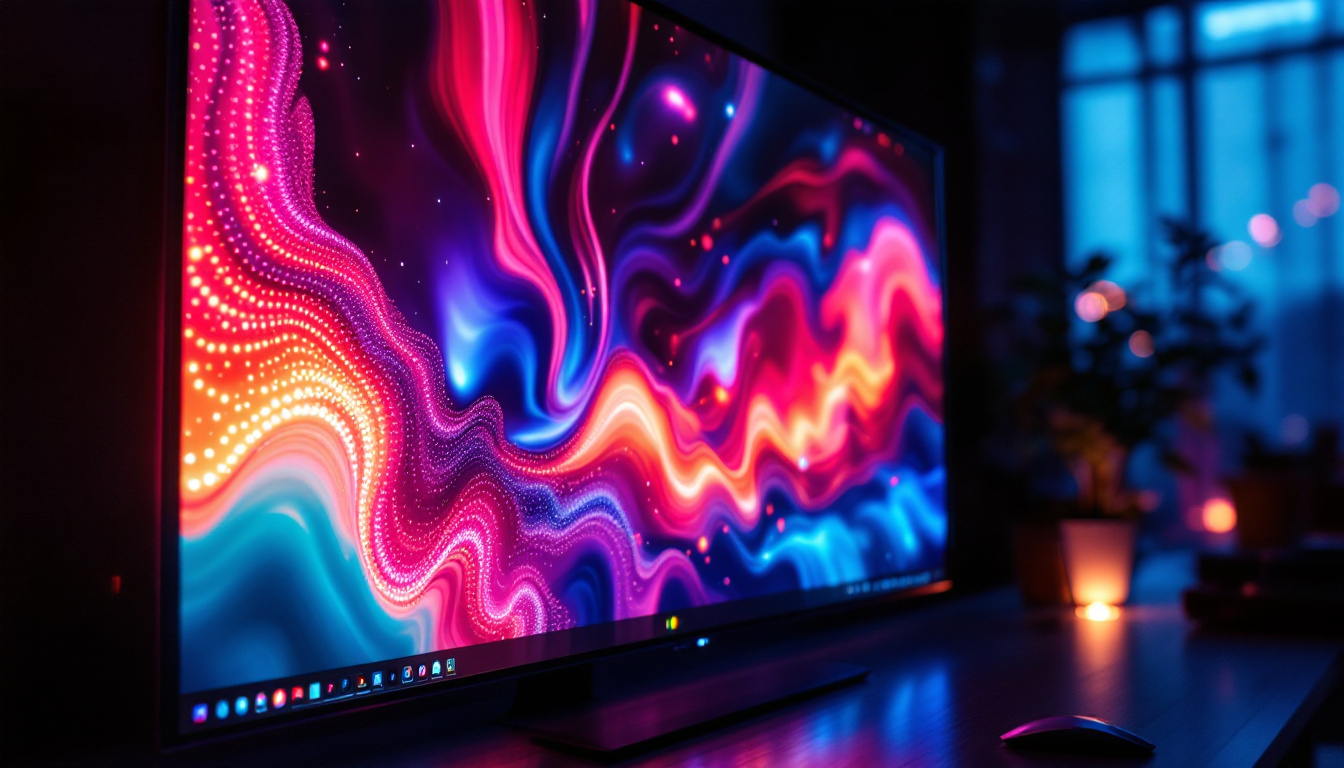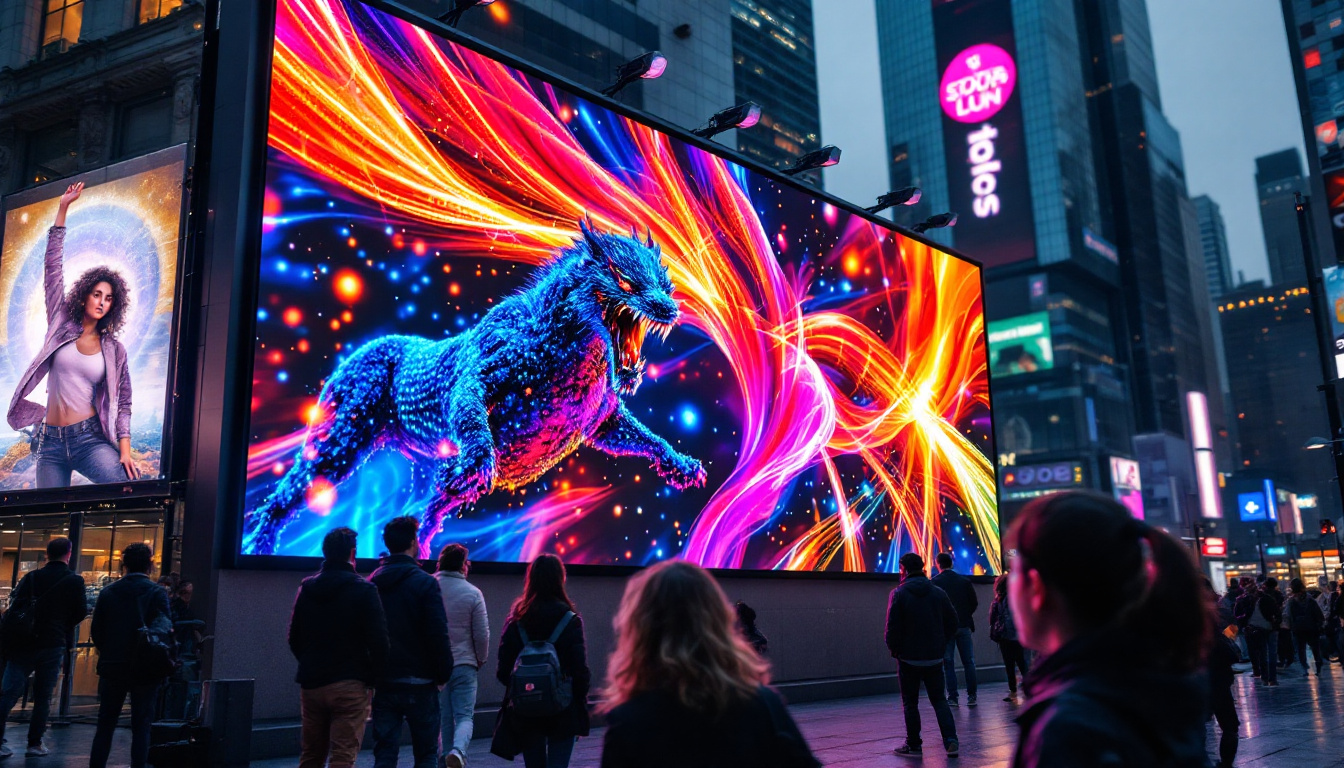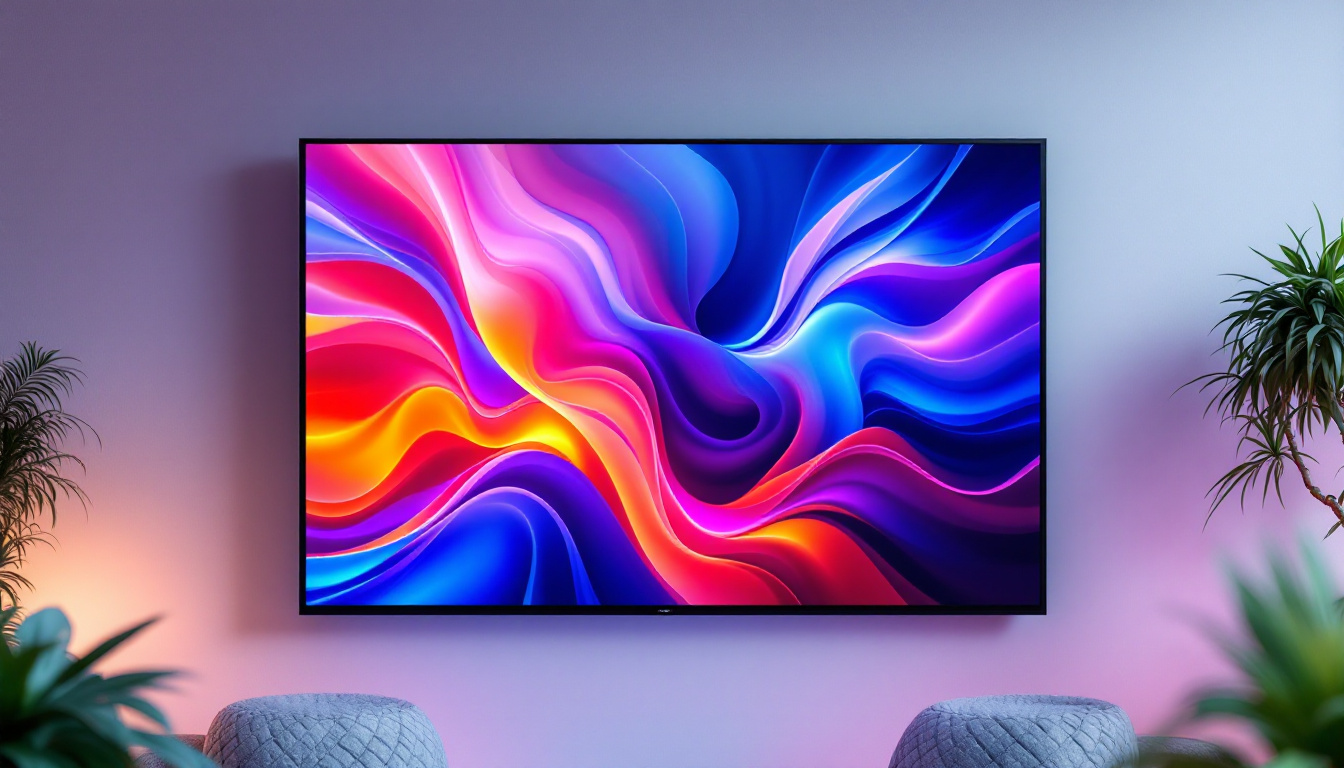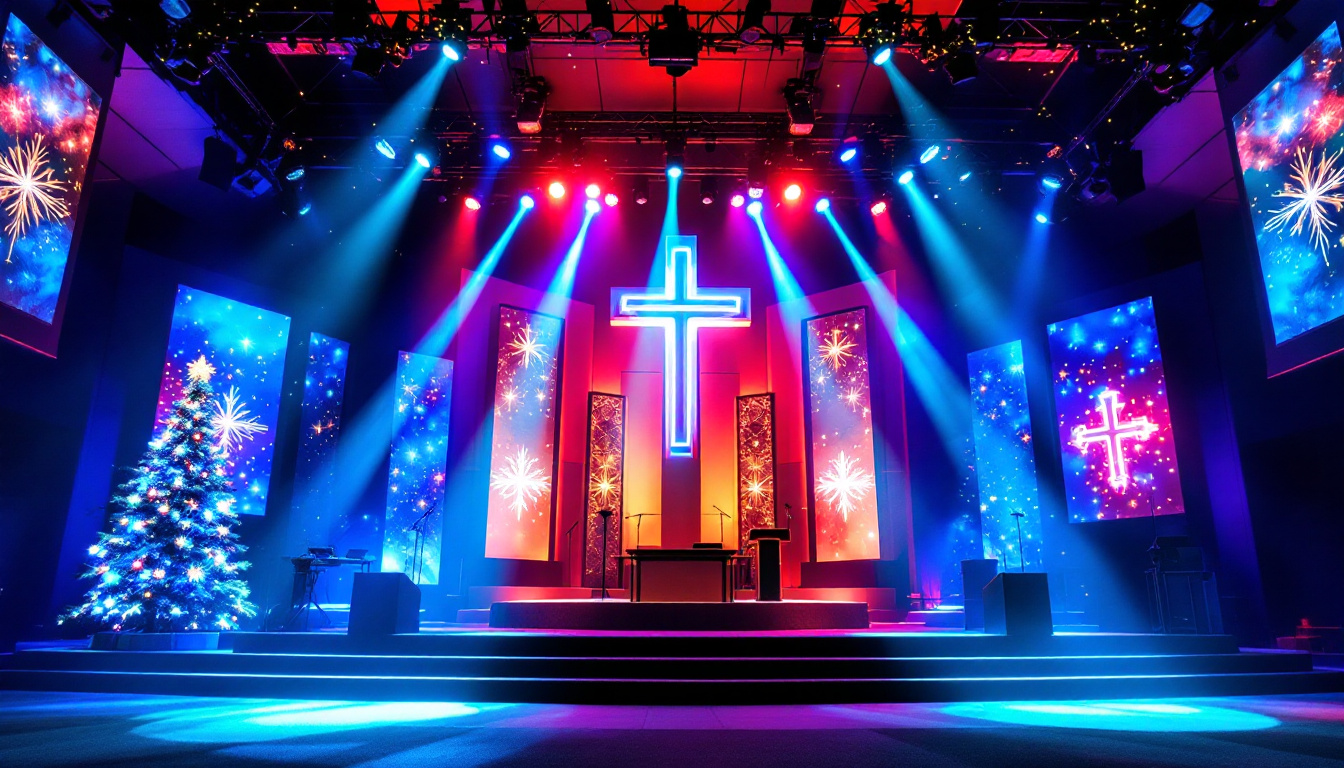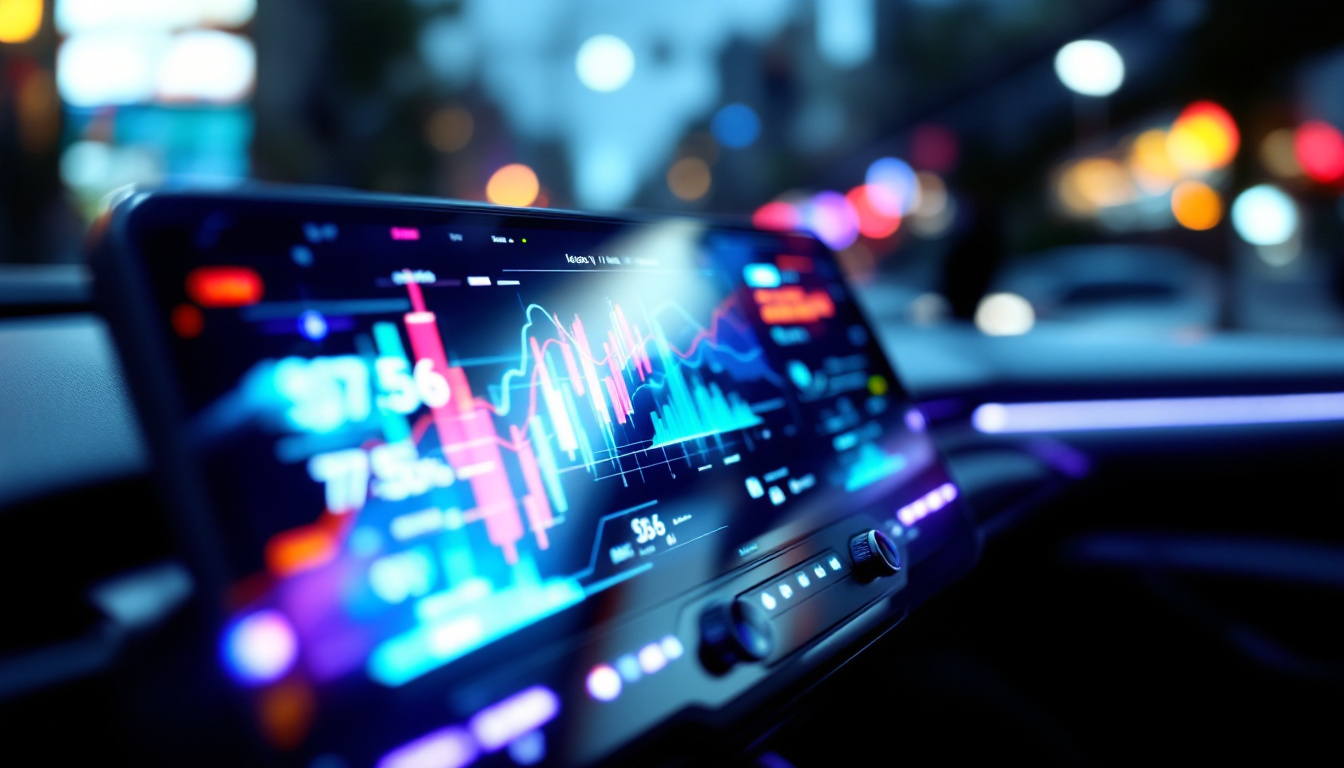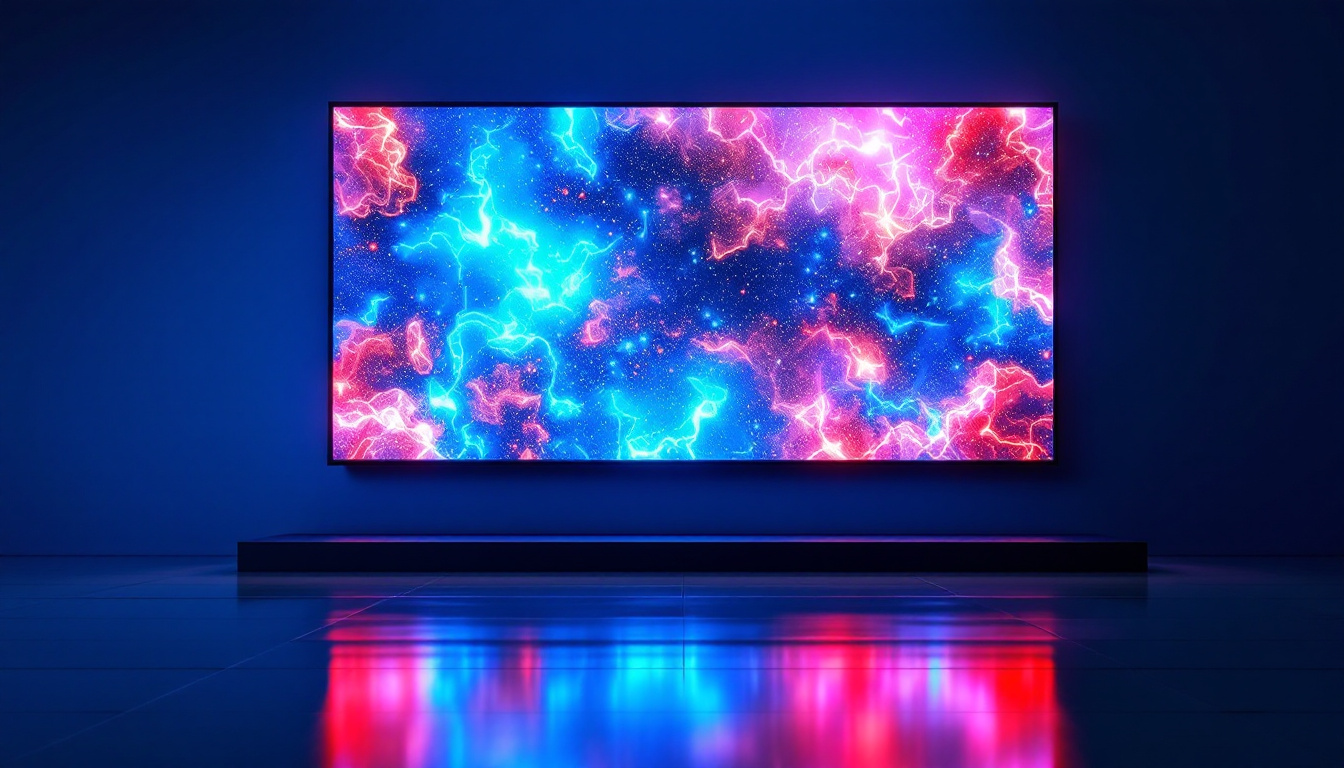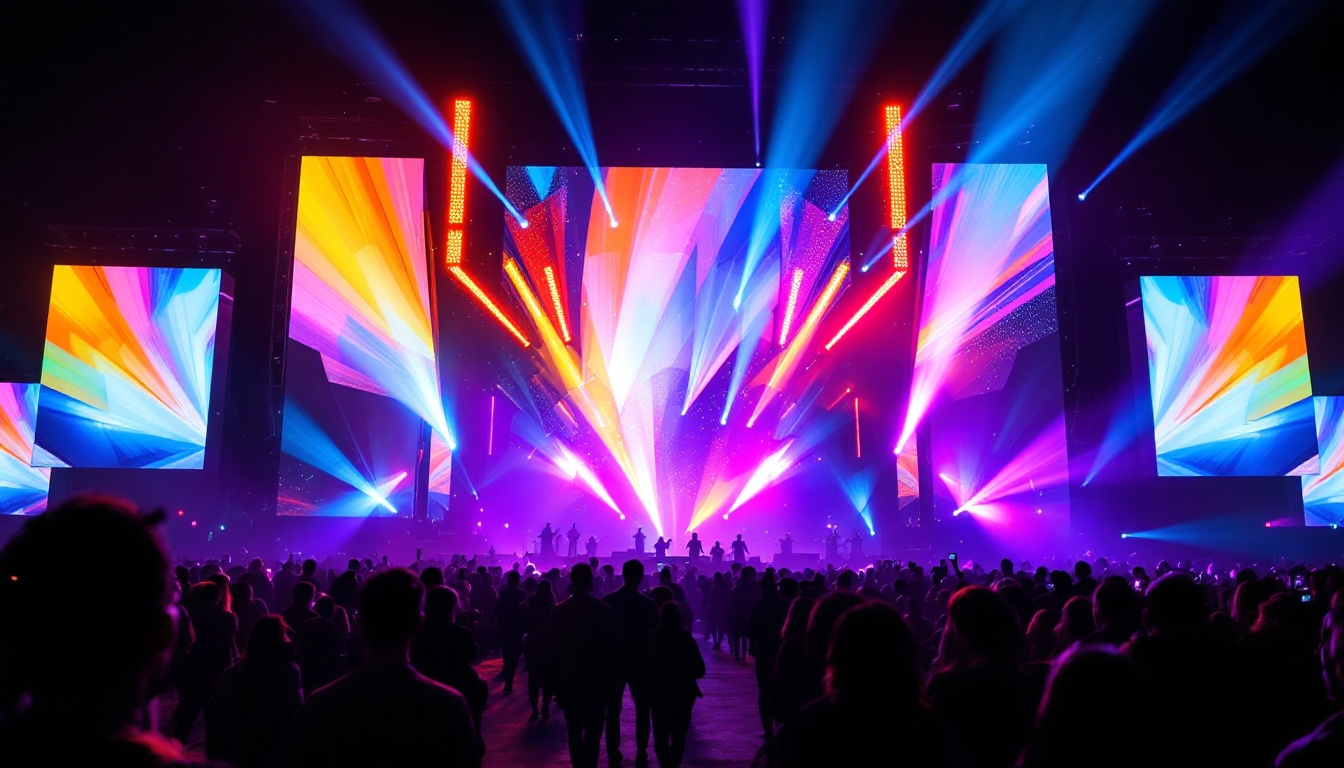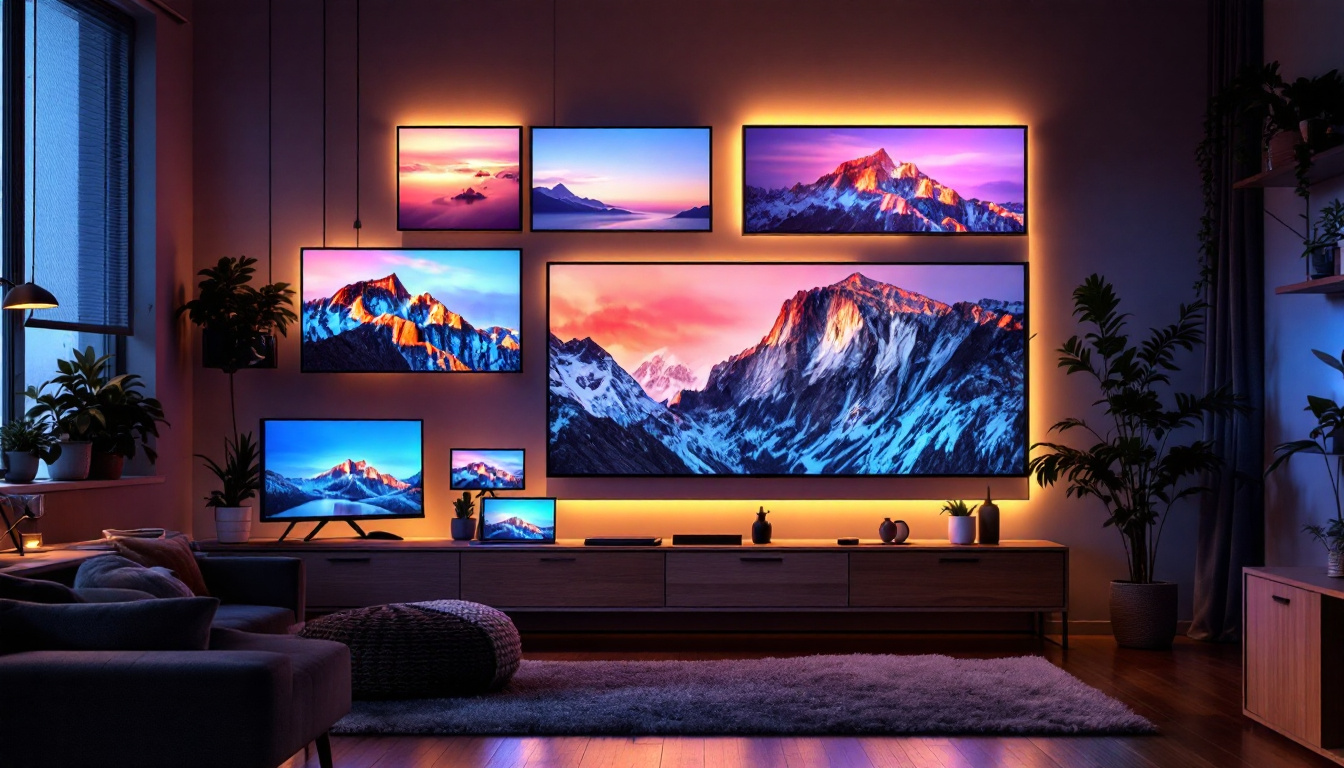In today’s fast-paced world, businesses and organizations are constantly seeking innovative ways to capture attention and communicate messages effectively. Outdoor signage displays have evolved dramatically over the past decade, with LED technology leading the charge. From vibrant billboards to dynamic event displays, LED signage has become a cornerstone of modern advertising and public information systems.
This article delves into the essentials of outdoor LED signage displays, exploring their technology, benefits, applications, and considerations for implementation. Whether you are a business owner, marketer, or urban planner, understanding LED displays can help you leverage this powerful medium to engage your audience and enhance visibility.
Understanding LED Technology in Outdoor Signage
What is an LED Display?
LED stands for Light Emitting Diode, a semiconductor device that emits light when an electric current passes through it. Unlike traditional lighting or display technologies such as incandescent bulbs or LCD screens, LEDs are highly energy-efficient, durable, and capable of producing bright, vibrant colors.
Outdoor LED displays consist of thousands of these tiny diodes arranged in a grid or matrix. By controlling the intensity and color of each diode, the display can render images, text, and video with remarkable clarity and brightness, even under direct sunlight. This capability is particularly beneficial for outdoor advertising, where visibility is paramount. The technology has evolved significantly, allowing for high-definition displays that can showcase intricate graphics and animations, capturing the attention of passersby and enhancing the overall advertising experience.
Types of Outdoor LED Displays
Outdoor LED signage comes in several formats, each tailored to specific needs:
- Fixed LED Billboards: Large-scale installations mounted on buildings or poles, designed for long-term advertising.
- Mobile LED Displays: Mounted on vehicles or trailers, these are used for events, promotions, or temporary advertising.
- Transparent LED Screens: These allow light to pass through, making them ideal for storefront windows without obstructing views.
- Interactive LED Walls: Incorporate touch or motion sensors for engaging customer experiences.
Each type varies in pixel pitch, brightness, and resolution, which influences the display’s clarity and viewing distance. For instance, fixed LED billboards typically feature a larger pixel pitch, making them suitable for viewing from a distance, while interactive LED walls may have a finer pixel pitch to ensure sharp images up close. Additionally, advancements in technology have led to the development of modular designs, allowing for customized shapes and sizes that can fit a variety of locations and applications. This flexibility not only enhances aesthetic appeal but also maximizes the impact of advertising campaigns.
Furthermore, outdoor LED displays are increasingly being integrated with smart technology, enabling real-time content updates and analytics. This means advertisers can tailor their messages based on audience demographics or even weather conditions, ensuring that the content remains relevant and engaging. As a result, businesses are finding new ways to connect with their customers, making outdoor LED signage a dynamic and essential tool in modern marketing strategies.
Key Advantages of Outdoor LED Signage
High Visibility and Brightness
One of the most significant advantages of LED signage is its exceptional brightness. Outdoor LED displays can reach brightness levels of up to 8,000 nits or more, making them easily visible even in direct sunlight. This ensures that messages are clear and legible throughout the day and night, maximizing exposure.
Energy Efficiency and Longevity
Compared to traditional neon or incandescent signs, LEDs consume significantly less power, sometimes up to 80% less. This energy efficiency translates to lower operating costs and a smaller environmental footprint. Additionally, LED modules have a long lifespan, often exceeding 100,000 hours, reducing maintenance and replacement expenses.
Dynamic and Flexible Content
Unlike static signs, LED displays can show dynamic content such as videos, animations, and real-time updates. This flexibility allows businesses to tailor messages based on time of day, audience demographics, or special events. For example, a retail store can promote morning deals, afternoon sales, and evening events all on the same screen.
Weather Resistance and Durability
Outdoor LED displays are designed to withstand harsh weather conditions, including rain, snow, wind, and extreme temperatures. Most are rated with an IP65 or higher ingress protection, ensuring they remain functional and vibrant regardless of environmental challenges.
Applications of Outdoor LED Displays
Advertising and Marketing
Outdoor LED billboards are a staple in urban advertising, especially in high-traffic areas like Times Square in New York or Piccadilly Circus in London. Their ability to display eye-catching, moving content makes them more effective than traditional posters or banners. Studies show that digital billboards can increase brand recall by up to 47% compared to static signs.
Local businesses also benefit from LED signage by promoting sales, events, or new products directly to passing pedestrians and drivers. The immediacy and adaptability of LED content allow for timely marketing campaigns that respond to market trends or competitor activity.
Public Information and Safety
Municipalities and transportation authorities use outdoor LED displays to provide real-time information such as traffic updates, weather alerts, and emergency notifications. For example, variable message signs (VMS) on highways warn drivers of accidents, road closures, or hazardous conditions, improving safety and traffic flow.
In public spaces, LED displays can communicate event schedules, directions, or public service announcements, enhancing the overall visitor experience.
Sports and Entertainment Venues
Stadiums and arenas leverage large-scale LED screens to engage audiences with live game footage, replays, advertisements, and interactive content. These displays contribute significantly to the atmosphere and fan experience, often becoming iconic features of the venue.
Retail and Hospitality
Retailers and hotels use outdoor LED signage to attract customers and convey brand identity. Dynamic displays can showcase promotions, welcome messages, or highlight amenities, helping businesses stand out in competitive environments.
Technical Considerations for Outdoor LED Signage
Pixel Pitch and Resolution
Pixel pitch refers to the distance between the centers of two adjacent pixels, measured in millimeters. It directly affects the resolution and clarity of the display. Smaller pixel pitches (e.g., 4mm or less) provide higher resolution and are ideal for close viewing distances, while larger pitches (e.g., 10mm or more) suit displays intended to be viewed from afar.
Choosing the appropriate pixel pitch depends on the location and intended audience. For example, a roadside billboard viewed from hundreds of feet away can use a larger pixel pitch, whereas a storefront display viewed by pedestrians requires finer resolution.
Brightness and Contrast Ratio
Brightness is crucial for outdoor visibility, especially in direct sunlight. Most outdoor LED displays offer adjustable brightness levels to optimize visibility throughout the day and reduce glare at night. Contrast ratio, the difference between the brightest white and the darkest black, also impacts image quality and readability.
Viewing Angle
Viewing angle determines how well the display can be seen from different positions. Outdoor LED signs typically have wide horizontal and vertical viewing angles to ensure the message is visible to as many people as possible, regardless of their vantage point.
Installation and Maintenance
Proper installation is vital for the longevity and performance of outdoor LED signage. This includes secure mounting, adequate ventilation, and protection from moisture and dust. Routine maintenance, such as cleaning and software updates, helps prevent issues and prolongs the display’s operational life.
Cost Factors and ROI of Outdoor LED Displays
Initial Investment
Outdoor LED signage can represent a significant upfront cost, influenced by factors such as size, resolution, brightness, and additional features like interactivity or transparency. Installation complexity and site preparation can also add to the initial expenditure.
Operating Costs
While LEDs are energy-efficient, running large displays continuously can still incur notable electricity costs. However, these are generally lower than other lighting technologies. Maintenance costs are typically low but should be factored into the budget.
Return on Investment (ROI)
The dynamic nature of LED signage often leads to higher engagement rates and improved brand visibility, translating into increased sales or awareness. For example, retail stores have reported sales increases of up to 30% after installing LED displays. Additionally, the ability to update content instantly reduces printing and installation costs associated with traditional signage.
Businesses should evaluate their specific goals and audience to estimate the potential ROI accurately. In many cases, the benefits of enhanced communication and customer engagement justify the investment.
Future Trends in Outdoor LED Signage
Integration with Smart Technologies
Advancements in IoT (Internet of Things) and AI (Artificial Intelligence) are enabling outdoor LED displays to become smarter and more interactive. For instance, some displays now adjust content based on real-time data such as weather conditions, traffic density, or audience demographics captured through sensors.
Energy Harvesting and Sustainability
Emerging technologies are focusing on making LED signage more sustainable by integrating solar panels or energy harvesting systems. This reduces reliance on grid power and supports green building initiatives.
Higher Resolution and Flexible Displays
Ongoing improvements in LED manufacturing are pushing pixel pitches even lower, enabling ultra-high-definition outdoor displays. Flexible and curved LED panels are also gaining popularity, allowing for innovative architectural designs and immersive visual experiences.
Conclusion
Outdoor LED signage displays represent a transformative technology in visual communication, offering unparalleled brightness, flexibility, and durability. Their ability to deliver dynamic, eye-catching content makes them invaluable for advertising, public information, entertainment, and beyond.
Understanding the technical aspects, benefits, and applications of LED displays helps businesses and organizations make informed decisions that maximize impact and return on investment. As technology continues to evolve, outdoor LED signage will remain at the forefront of engaging audiences and enhancing urban landscapes worldwide.
Illuminate Your Message with LumenMatrix
Ready to elevate your brand’s visibility and captivate your audience with the most dynamic and vibrant visual displays? LumenMatrix is at the forefront of LED display innovation, offering a comprehensive range of solutions tailored to your unique needs. From Indoor and Outdoor LED Wall Displays to specialized options like Vehicle, Sports, and Floor LED Displays, our mission is to revolutionize your visual communication. Don’t just share your message—make it resonate with clarity and impact. Check out LumenMatrix LED Display Solutions today and transform your advertising and public information strategies.

